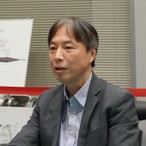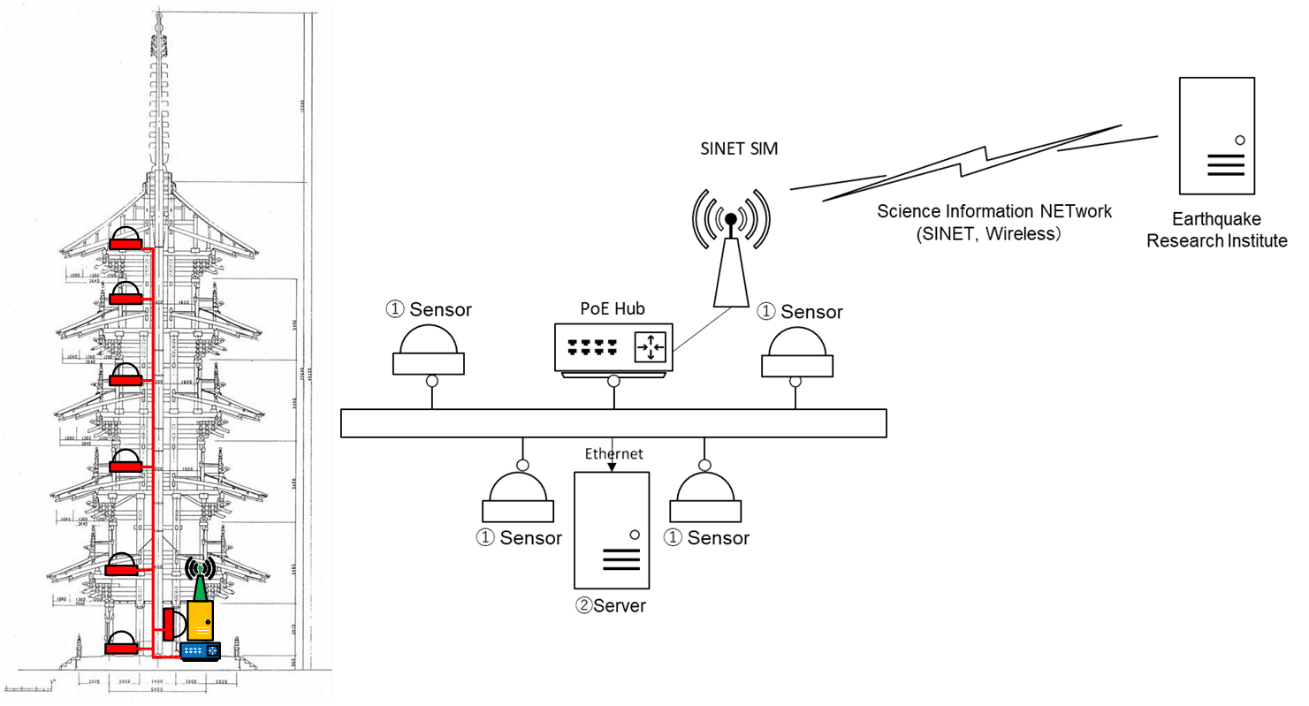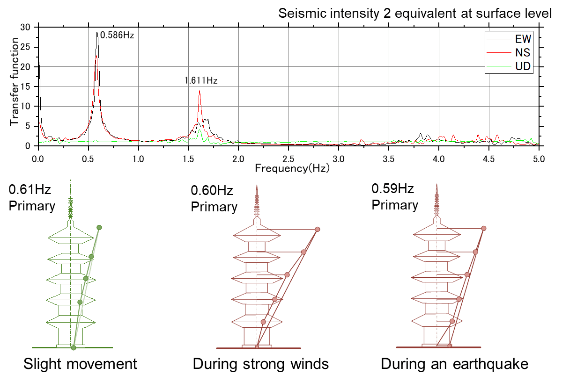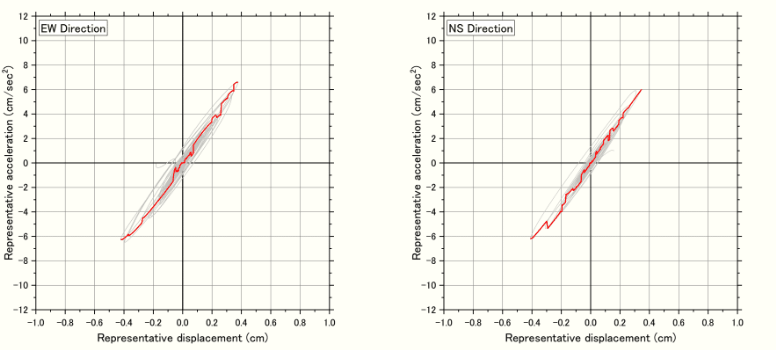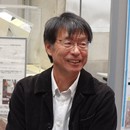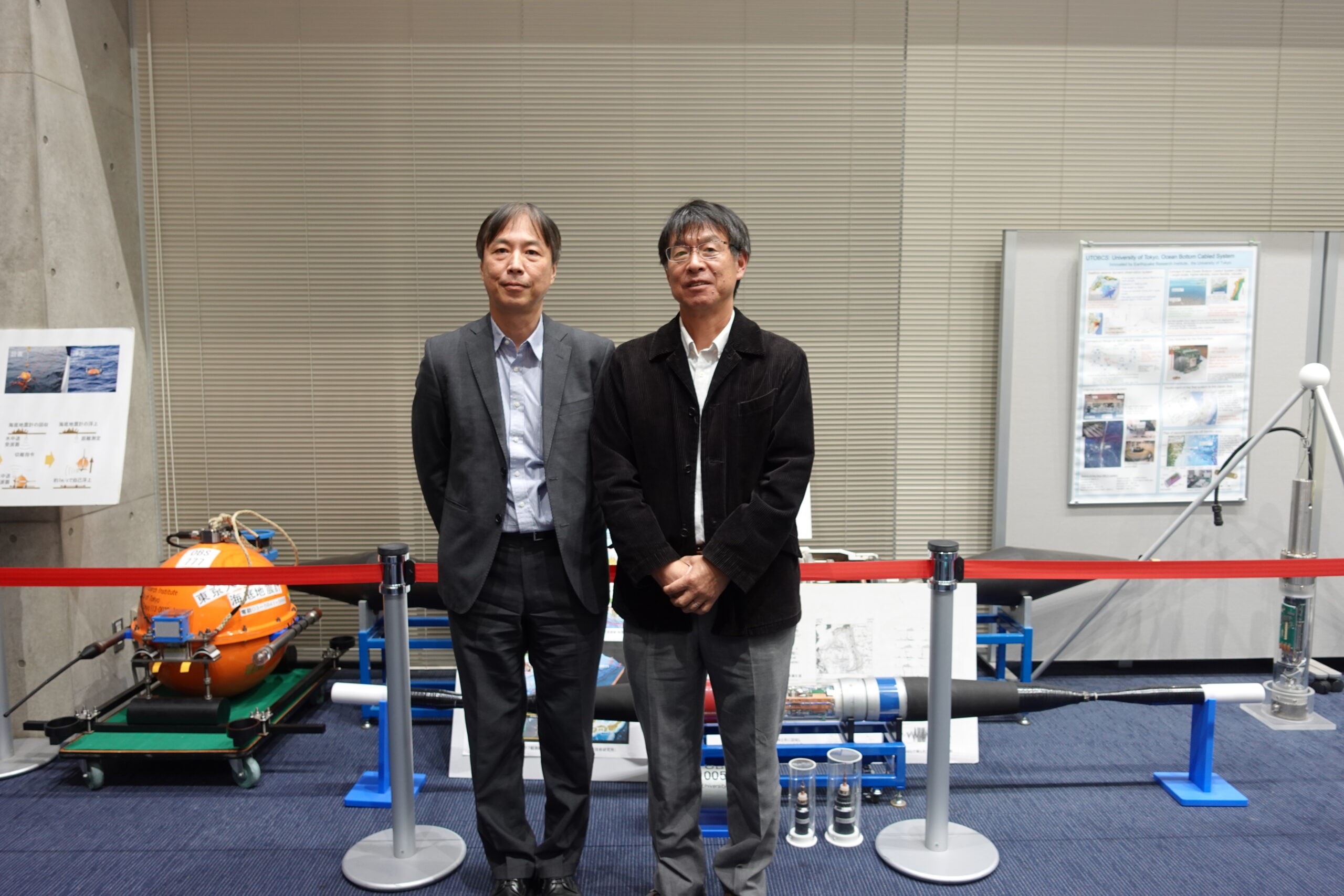
Data Collection Using Mobile SINET for Emergency Risk Assessments of Buildings After Earthquakes
The Earthquake Research Institute, the University of Tokyo is using the Mobile SINET Demonstration Experiment (Mobile SINET) to perform emergency risk assessments of buildings after an earthquake. We spoke to Koichi Kusunoki of the Disaster Mitigation Division and Hiroshi Tsuruoka, Head of the Earthquake and Volcano Information Center, about the aims and progress of this initiative. (Interview date: December 5, 2023)
We already covered this case study in 2008 and again in 2021, but please give us an outline of the research being conducted by the Earthquake Research Institute.
Kusunoki:The Earthquake Research Institute, the University of Tokyo was established for the purpose of scientifically determining why earthquakes and other disasters occur. We conduct research not only on earthquakes but also on volcanoes and disaster-related science. In my laboratory, we specialize in building structures, and the theme of our research is to reduce damage to buildings during and after earthquakes. To protect human life, buildings in Japan are designed to absorb the energy of collisions and shaking, just like cars. However, while a car will simply be scrapped after an accident, with buildings, it is necessary to investigate whether it is still safe to use a building damaged by an earthquake. This is called rapid inspection. In the past, experts such as inspectors for the rapid inspection visually assessed buildings according to the damage and attached red (danger), yellow (caution required), and green (surveyed) paper signs, but this took a long time in terms of human resources. During the assessment period, residents would have to live in evacuation centers, and it is not easy for assessors to perform inspections in the event of a major earthquake. As a solution to this, we began installing sensors near buildings in 2004 and launched a system that can automatically determine the level of damage to buildings based on measurement results. By using Mobile SINET to collect data, over the past five years, we have achieved a level of accuracy equivalent to that of visual-based rapid inspection.
Specifically, how did you arrive at the decision to use Mobile SINET?
Kusunoki:Seismometers have been installed in more than 60 buildings in Japan to measure daily shaking (acceleration), but there were two major issues in collecting data. The first issue was that there was no LAN network in place to begin with. In the case of cultural properties, there was a situation where building owners did not want to lay cables, such as those needed for electric power and communications, in order to avoid fire risks. The second issue is that they could not be connected to existing networks. There were circumstances such as connection to the network in the buildings being prohibited for security reasons or connections being interrupted due to maintenance work. That was why we focused our attention on Mobile SINET, which combines SINET6’s 400Gbps lines with a 5G mobile network. We decided to introduce it because it would enable us to use SINET’s high-speed, stable network to collect data from remote locations.
I feel that the advantage of mobile SINET is that it can securely connect a remote sensor to a university server by directly connecting SINET to the mobile network, which is separate from other communications. In addition to being able to quickly collect and transfer large amounts of data, its low latency enables remote real-time control and multiple simultaneous connections. As a result of this, the number of sensors can be dramatically increased, and in the world of IoT (Internet of Things)—which is set to continue expanding in the future—we believe that it is also important to be able to acquire a large amount of sensor data and control large numbers of devices.
Tell us about specific connection configurations and measurement examples
Kusunoki: For example, this is the connection configuration of the five-storied pagoda of Zentsuji Temple (Kagawa Prefecture), which is designated as a National Heritage. The server is installed at the base of the core pillar, and sensors are attached to plinths on each story, the foundation, and the lower edge of the core pillar. Anemometers measuring wind speed and direction are installed on each of the five stories to accurately grasp the impact of the wind.
Here are the results of determining the degree of shaking and damage by analyzing the vibration values during tremors and strong winds such as typhoons, as well as during the earthquake that occurred on January 22, 2022.
The five-storied pagoda vibrates greatly due to the wind, but the core pillar moves in a direction that stops the shaking. The same is true even for large vibrations. As a result, it was judged that the five-storied pagoda was undamaged, even when subjected to strong winds and vibrations. Going forward, we would like to use these anemometers to observe wind speed and direction during strong winds, and accumulate more data on the behavior of the core pillar.
At the beginning of the installation, there were issues such as difficulty in finding a mobile router that could communicate stably and network communication being interrupted by lightning strikes and earthquakes. Before connection to SINET, it was necessary for us to actually go to the site to collect data in such cases, but now the measured data is sent from the mobile router to the server of the Earthquake Research Institute via SINET in real time. When there is an interruption, it is possible to immediately contact the head priest to confirm it and to resume network communication with a simple response such as restarting the router, which is very convenient. A signboard about our measurements is also posted at the Zentsuji Five-storied Pagoda so that tourists can check and experience the current level of shaking in real time by scanning a QR code with their smartphones.
Tell us about your outlook for the future.
Kusunoki: Our goal is to improve the level of sophistication in Japan’s earthquake-resistant design. While Japan’s current earthquake-resistant design methods are advanced, even among other countries in the world, we believe that there is still room for greater sophistication in building standards and rational earthquake-resistant design. We hope to make breakthroughs by advancing building seismic response analysis and damage detection. We are currently collecting and analyzing data and conducting experiments in various places, but demonstrations in the event of a large earthquake are the current issue, and we have not yet obtained enough real numerical values for strong vibrations. When a building is actually damaged, a variety of data can be obtained, so I feel that it is necessary to improve the accuracy of the data without wasting it.
To commercialize this system and expand installation, it will be necessary to have the owners of each building bear the cost of installing sensors. To achieve this, it is necessary not only to prepare for coming major earthquakes but also to improve the accuracy of the system in a way that can be used in daily life so that daily changes can be observed, such as in measuring deterioration over time and predicting the timing of large-scale renovation work.
There are also issues, such as reducing the number of sensors required for measurement by improving sensor accuracy and building a practical network. Working in cooperation with the Cabinet Office, we are considering building a disaster readiness system utilizing IoT technology. However, in addition to the cost of installing sensors in tens of thousands—or maybe even hundreds of thousands of buildings—in Tokyo alone, it is essential to have a network for collecting data in real time and storage capacity to store the data and disaster situation assessment programs. Therefore, there is room for consideration of the use of local 5G and cloud technologies. To achieve these goals, I think it will be necessary to develop and coordinate with private operators for commercialization. For example, just as mobile phones have become available in lots of hundreds of millions of units, and technological innovation has occurred due to the lowering of costs, I feel that the installation of building sensing technologies will not spread unless it is addressed with a real level of seriousness. There are network technologies that do not suffer delays even when many people are watching a video at the same time, so I think the challenge now lies in how to establish it as a business model.
Tsuruoka:In terms of seismic observations, after the Great Hanshin-Awaji Earthquake (in southern Hyogo Prefecture), the National Research Institute for Earth Science and Disaster Resilience (NIED) installed around 800 sensors nationwide in an initiative called the High-Sensitivity Seismograph Network (Hi-net). As a result, the lower limit of the magnitude of earthquakes that can be observed has expanded, so we feel that it is important to increase the number of observation points. But even if we build a network, it is very difficult to maintain the line so that it does not lag or stop. In addition, we have found that it is difficult to synchronize sensors when multiple SIMs are used in the same building. Even a 1/100th a second off can make a big difference to calculation results, so we use one SIM card per location to synchronize relative time inside the building. The program also needs to be constantly updated. We have solved these problems by achieving a stable, high-speed network environment by connecting to SINET. Going forward, I would like us to continue to deepen our level of collaboration and enhance our research infrastructure.

